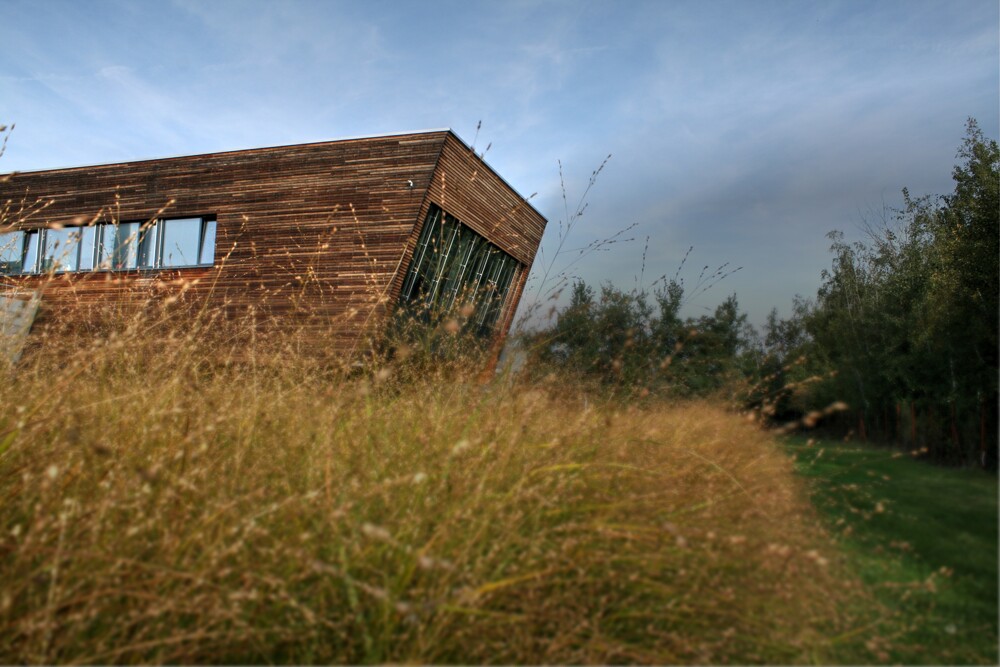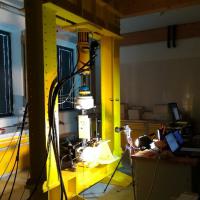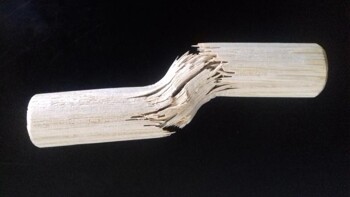

The CTU University Center for Energy Efficient Buildings, together with the Academy of Sciences of the Czech Republic and the Mendel University in Brno, participates in research into the mechanical behavior of wooden pegs, which are a common part of a number of historic roof structures. This type of joints can also be used in modern wooden buildings, but current technical standards do not prescribe a sufficient calculation procedure for them.
To be able to design pin joints with wooden fasteners for renovations or for new structural elements, it is necessary to know their complex failure criteria. However, current normative documents do not provide sufficient information for their safe design according to limit states.
For that reason, it was necessary to determine a more accurate calculation procedure and, among other things, to verify it experimentally with a series of tensile tests in the Bustěhrad laboratories of the Czech Technical University UCEEB. More than 600 experiments were carried out testing wooden joints with oak dowels of diameters 18, 24 and 30 mm with one shear plane.
The test body consisted of two joined parts made of spruce wood, which is the most used construction lumber in the Czech Republic, and one piece of oak dowel. During the experiment, the force values, the displacements on the faces of the connected parts and the total displacement of the connection were monitored and recorded. The test body was also provided with a special surface treatment, which makes it possible to determine joint deformations using the optical method of digital image correlation.
Also tested were sets of differently processed (turned, punched and hewn into an octagon) oak dowels made from the same oak veneer.
Thanks to the experiments, it was possible to determine and verify the bearing capacity and stiffness of the wooden joint with the oak pin on a statistically significant number of samples. A mutual correlation of the density of the oak pin with the bearing capacity of this fastener was found. It was also shown that the differences found between the bearing capacities of differently processed pins (assuming the same cross-sectional area) are not significant. This information is important especially for practice. For the functioning of the connections in which the pins transfer the load, it is not crucial whether the fasteners are prepared directly on the construction site (punching, hewing) or beforehand in the workshop (turning).
This work was created with the financial support of the Technology Agency of the Czech Republic in the Zéta program, grant project TJ01000412 - Oak fasteners in wooden structures: basis for normative anchoring.
